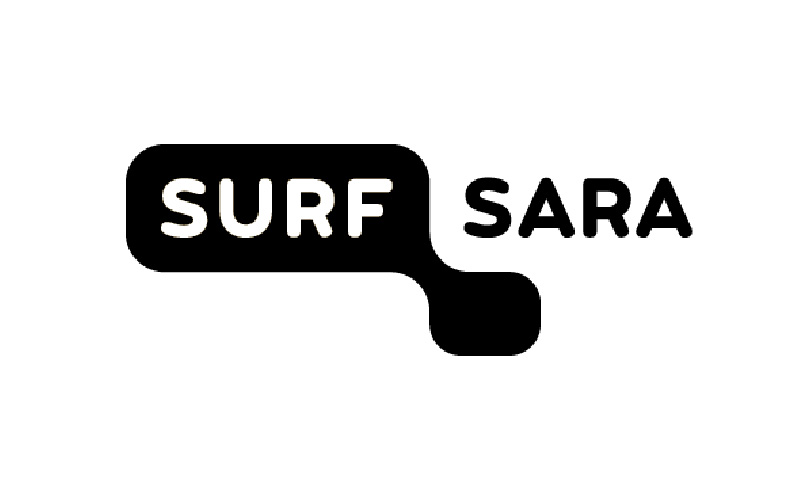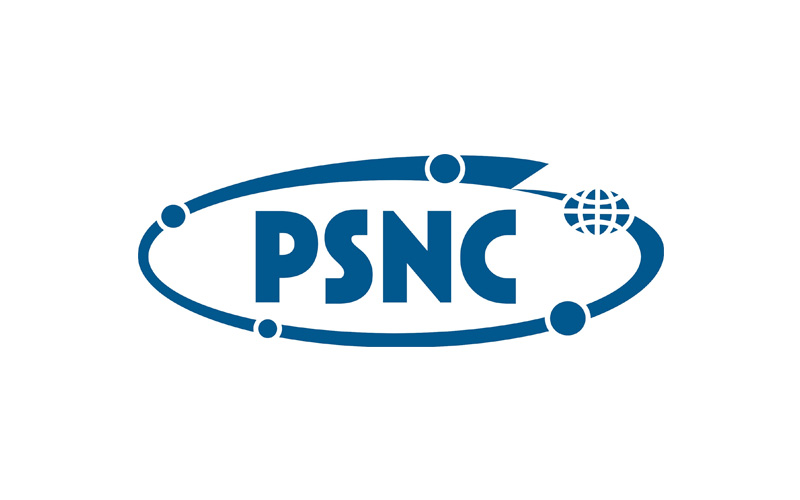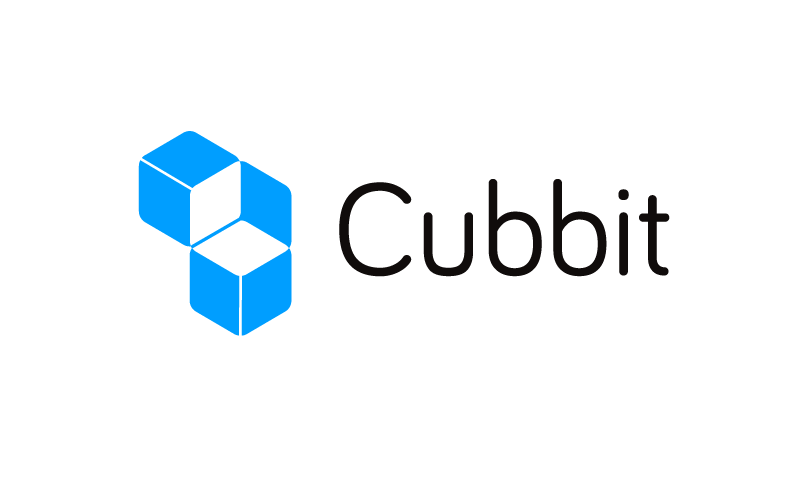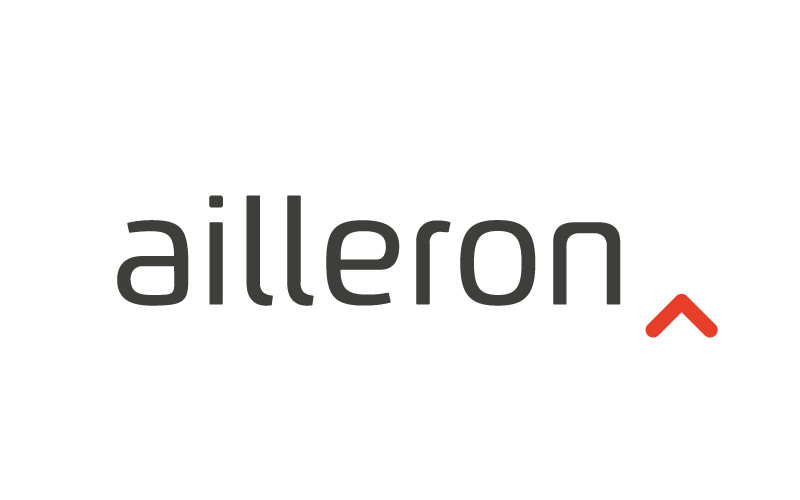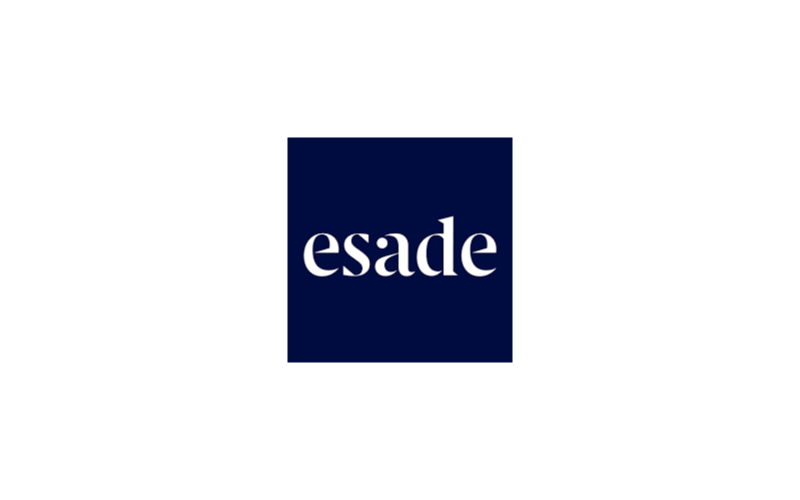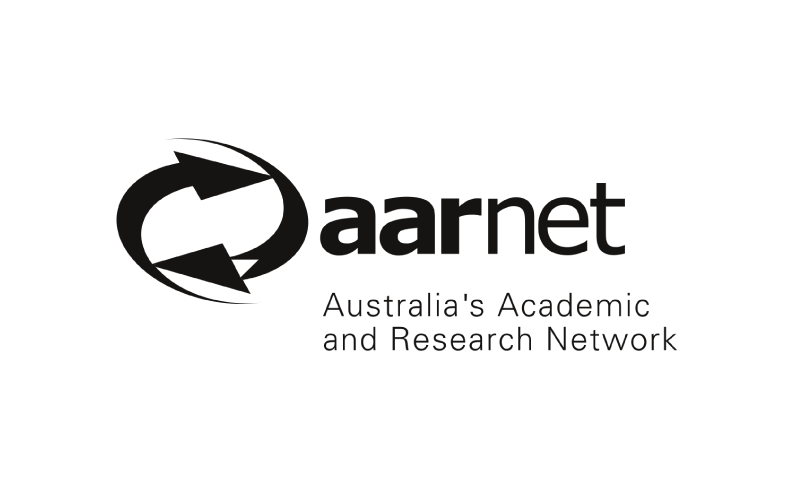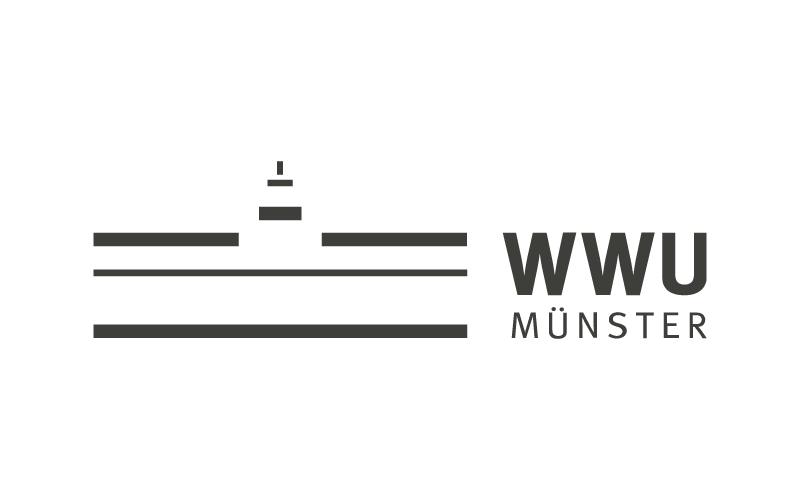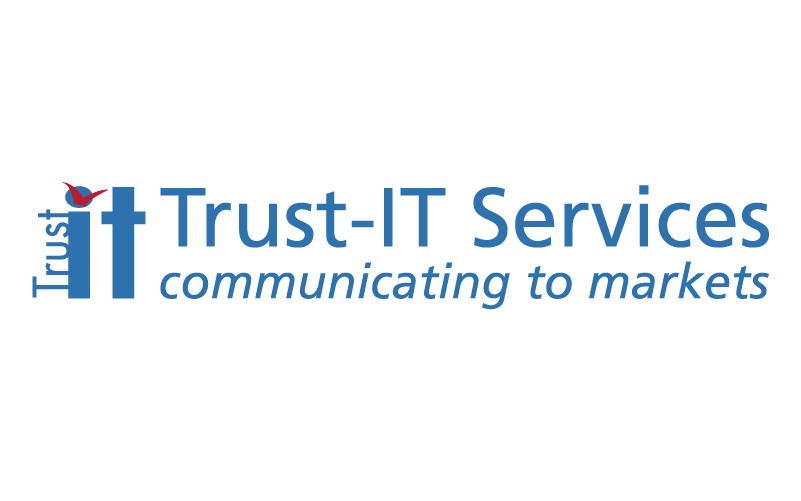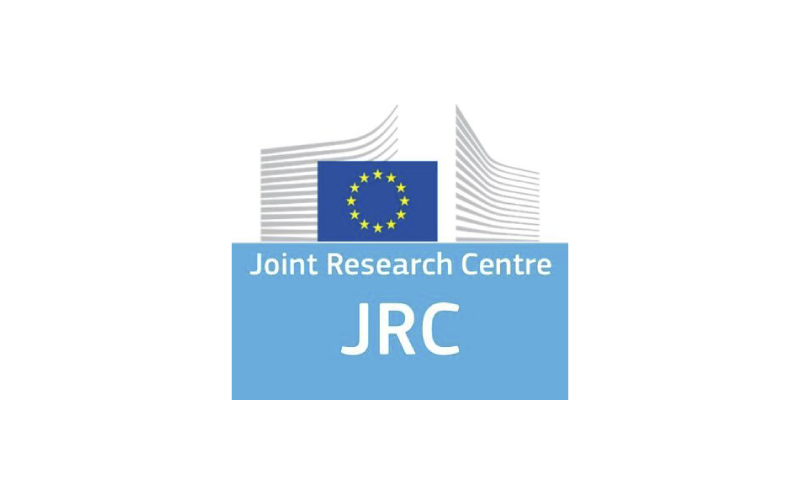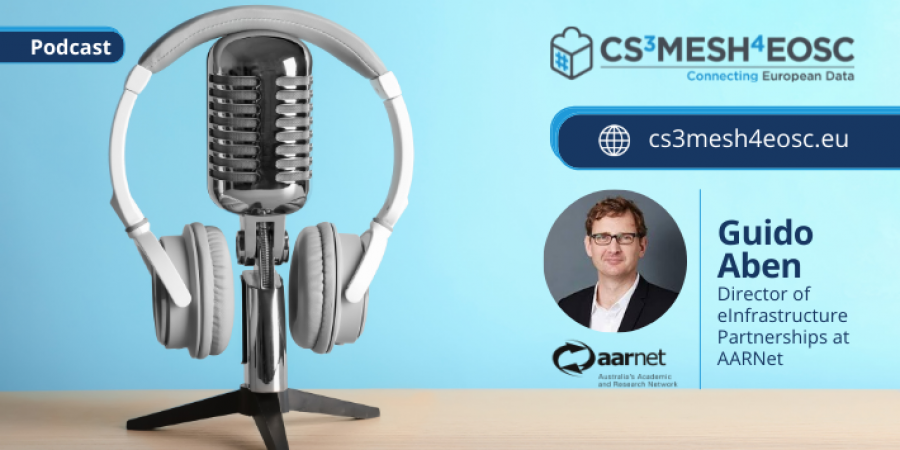
- 22 June 2021
CS3MESH4EOSC is kicking off its Podcast series with its very first episode, entitled “Science Mesh - Unlocking Scientific Collaboration Through a Sync and Share Interoperable Platform”, focused on the Science Mesh - a core initiative of the CS3MESH4EOSC project, which is connecting European Data within Europe and beyond.
Cloud Services for Synchronisation and Sharing (CS3) have been widely deployed in the research and educational space - mostly by e-infrastructure providers, NRENs (National Research & Education Networks) and major research institutions. These services, often in daily workflows for hundreds of thousands of users (including researchers, students, scientists and engineers), are at present largely disconnected, a consequence of them having been developed and deployed in isolation from one another. This presents a bottleneck to open science development across Europe and this issue is what the CS3MESH4EOSC project is addressing through the Science Mesh.
In this first 45-minute podcast, we will hear from Guido Aben, a member of the CS3MESH4EOSC project and Director of Infrastructure Partnerships at Australia’s Academic and Research Network (AARNet). Guido explains how Science Mesh is connecting infrastructures across Europe and, consequently, contributing to bringing Europe to the frontline of science innovation.
A Global and Horizontal Data Collaboration Platform for Cutting-edge Science
The motivation behind the creation of the Science Mesh was to provide researchers, educators, data curators and analysts with the ability to control and share data and datasets remotely, across borders in a secure and easy way. The platform interconnects nodes from different European countries to create a bigger platform where users can recombine their data with others. From a cost-effectiveness point of view, the Science Mesh is attractive to operators; without it, each site would be responsible for the development of their own science-facing capabilities. The Science Mesh levels this playing field and allows operators to reuse locally a science-facing capability that has been developed elsewhere in the Science Mesh. Another important point is that the Science Mesh is a horizontal infrastructure, that is, it can be used regardless of the scientific domain of the user (e.g. social sciences, earth observation). Its base offering is generic enough that it is useful to a broad spectrum of worldwide science communities; specific domain relevance is attained through the development of science-facing plugins. Science Mesh aims to bring all science data and science identities together. The time to work in “silos” and isolated from each other should be over.
What we are trying to create is a kind of Facebook or LinkedIn of science, a platform where everyone is present. If that does not bring about a positive change in collaboration, I will eat my hat. – Guido Aben
The platform allows the deployment of applications and software components within the full CS3 community (infrastructure builders and providers from the academic sector servicing and supporting science, education and research) to extend functionalities of the service. This means that the Science Mesh capitalises on technologies that already exist (e.g., Describo, JupyterLab, CodiMD), which already have a user-base that is used to deal with large digital workflows. Since the user does not need to become familiar with new technology, this makes service adoption easier.
Overall, the Science Mesh is an environment for collaboration on technology, applications, use-cases, software and operations, which is turning data sharing in Europe into a smoother process.
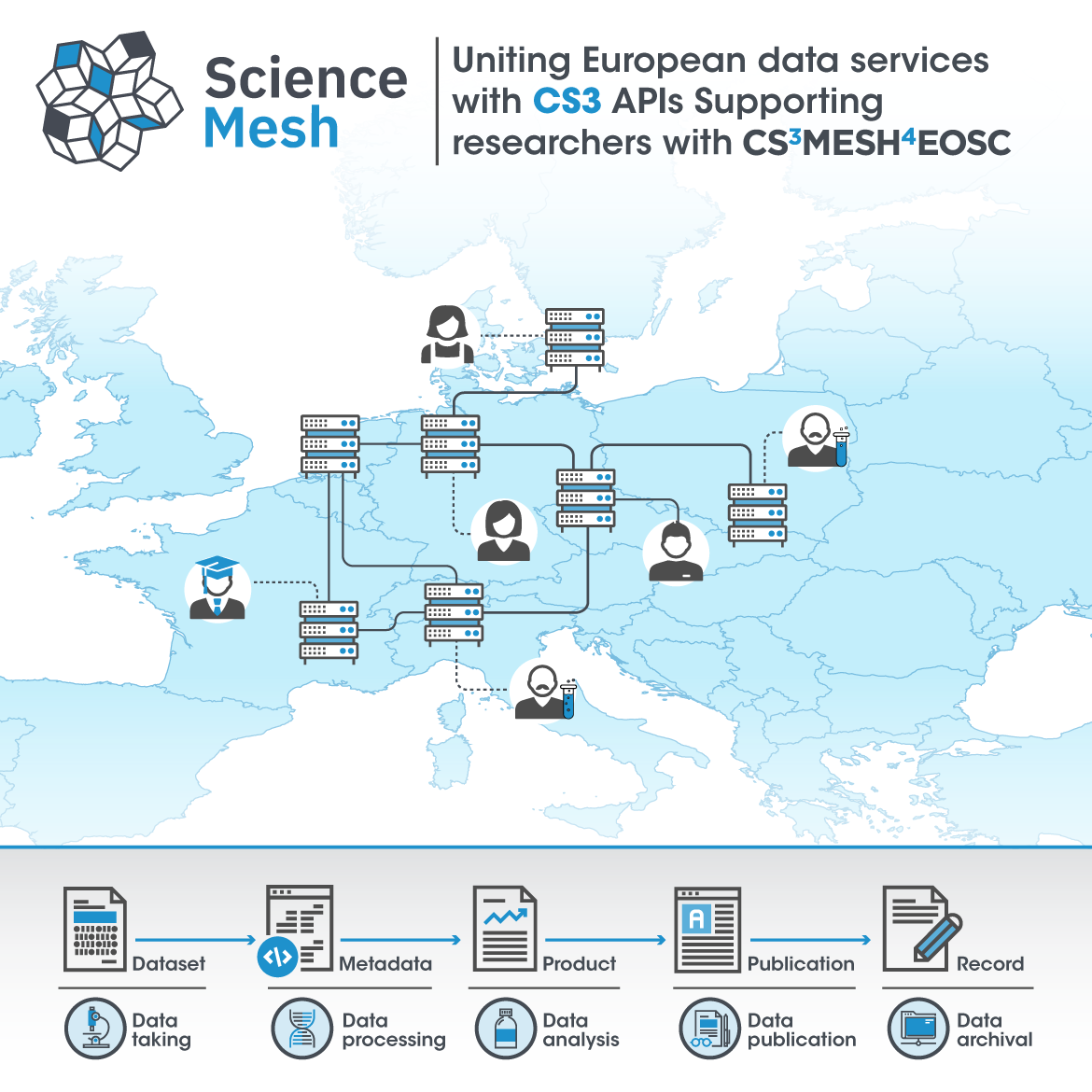
A Platform for FAIR Data and the European Open Science Cloud
A useful trait of the synch&share systems that make up the Science Mesh is their low barrier of entry. Indeed, they are popular across the university ecosystem, which makes them attractive as a springboard to launch added-value services from; services that, if launched standalone, would struggle to get the same exposure. One such service in need of broader uptake is that of “data FAIRification”. While it is true that FAIR-ness, and The FAIR Principles, are broadly accepted and encouraged across funding bodies, data custodians and other pundits (e.g., EOSC has a dedicated working group set up to cover the topic), uptake among ordinary users of FAIR data practices could do with a boost.
In CS3MESH4EOSC, we thought we had to rise to this challenge. As we’re able to write application plugins once and then redeploy them across all the nodes, we felt it was both feasible and equitable to add a FAIRification layer. In fact, Guido is the task leader on CS3MESH4EOSC’s “FAIRification” task – or as the formal name is, the “Open Data Systems” task. There, the focus is on adding schema-based metadata to the files and datasets already present in the Science Mesh; and, once annotated, to package up (“crate”, as the robust lingo has it – the standard talks about “RO-crates”) such datasets in standards-based, immutable formats ready for publication or archiving. Add cross-site search to find those crates, and you’re a good way into addressing the F and A of FAIR.
Science Mesh next steps – Applications integration
CS3MESH4EOSC has the ambition of involving groups beyond the core consortium partners in co-design and co-development of the service. Still being in its development phase, the Science Mesh is integrating services from third parties into the mesh, to enlarge the platform in different kinds of services: Open Data Systems (where Guido is involved), Data Science Environments, Data Transfer and Collaborative Editing. Follow the CS3MESH4EOSC to receive updates about the latest developments.
Listen to the complete podcast below
Subscribe to our newsletter to receive the latest update on CS3MESH4EOSC








